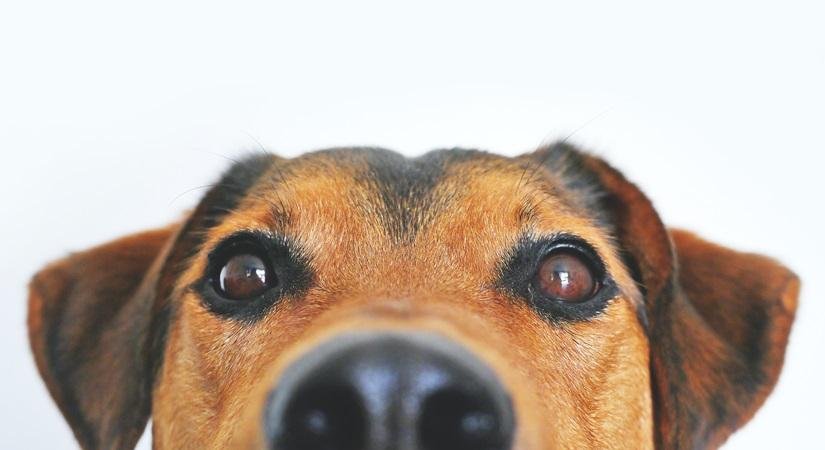
Watch Out For Dehydration In Pets
By Dr Sanjiv Rajadhyaksha
As pet owners, it is essential to understand the risks associated with dehydration and be able to recognize the signs to ensure our furry companions stay healthy and happy.
Risks of dehydration
Dehydration poses several risks to the health and well-being of our pets. When the body lacks adequate hydration, it can affect various bodily functions and organs. Some common risks associated with dehydration in pets include:
-Organ dysfunction
Dehydration can put a strain on the kidneys, liver, and other vital organs, leading to reduced functionality and potential long-term damage.
-Heat stroke: During hot weather or excessive physical activity, pets can easily overheat and become dehydrated, increasing the risk of heat stroke, which can be life-threatening.
-Urinary tract problems: Insufficient water intake can lead to concentrated urine, which increases the risk of urinary tract infections and the formation of urinary stones.
-Gastrointestinal issues: Dehydration can exacerbate gastrointestinal problems, such as constipation, as well as contribute to a higher risk of gastric upset and diarrhea.
Signs of dehydration
Spotting the signs of dehydration in pets is crucial for timely intervention. Here are some common indicators to watch out for:
-Dry gums and sticky saliva: Check your pet’s gums; if they appear dry and tacky instead of moist, it could be a sign of dehydration.
-Sunken eyes: Dehydration can cause the eyes to appear sunken or dull, indicating a lack of proper hydration.
-Lethargy and weakness: Dehydrated pets may show a lack of energy, decreased activity levels, and overall weakness.
-Loss of appetite: If your pet suddenly loses interest in food and displays a reduced appetite, it could be a sign of dehydration.
-Reduced skin elasticity: Gently lift the skin on the back of your pet’s neck and release it. If it takes longer than usual to return to its original position, it may indicate dehydration.
-Dark or concentrated urine: Observe your pet’s urine; if it appears darker or more concentrated than usual, it suggests dehydration.
-Panting or increased respiratory rate: Dogs and some other animals pant to cool down, but excessive panting or a rapid respiratory rate can be a sign of dehydration.
Dehydration is a serious health concern that can negatively impact our pets’ well-being. By understanding the risks associated with dehydration and being able to spot the signs, we can take prompt action to prevent further complications. It is crucial to provide access to clean, fresh water always, especially during hot weather or when engaging in physical activities. Regularly monitoring your pet’s hydration status and seeking veterinary care if signs of dehydration are present can help ensure your furry friends stay happy, healthy, and hydrated. Remember, proper hydration is key to their overall well-being. (IANS)




